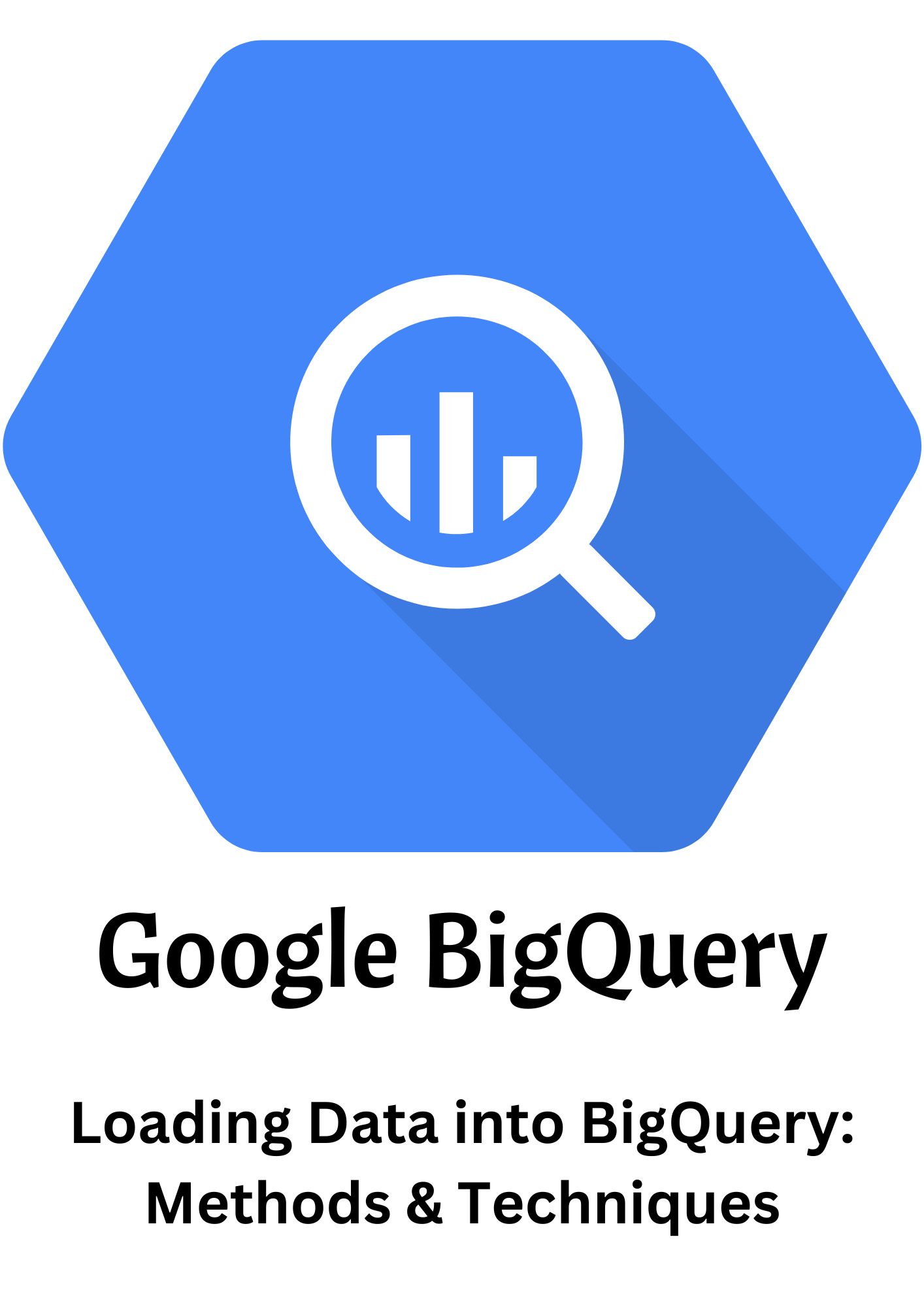
- August 23, 2023
- admin
- Bigquery, Business, Data Science, Data Visualization, Technology
Welcome to our comprehensive guide on loading data into Google BigQuery, the powerful data analytics platform. In this tutorial, we’ll walk you through three efficient methods: uploading data from local files, loading data from Google Cloud Storage, and streaming data in real-time for instant analysis. Let’s dive in!
1. Uploading Data from Local Files:
When your data resides locally, BigQuery provides a seamless way to upload it. Within the BigQuery Console UI, navigate to your project and dataset. Choose the “Create Table” option and select “Upload” as the data source. Follow the prompts to locate your local file, specify the schema, and initiate the upload. This method is ideal for smaller datasets and ad-hoc analysis.
2. Loading Data from Google Cloud Storage:
For larger datasets, utilizing Google Cloud Storage is recommended. Upload your data to a designated storage bucket and then import it into BigQuery. Again, within the BigQuery Console, select your project and dataset, but this time, choose “Create Table” and opt for “Cloud Storage.” Specify the source file path, define the schema, and start the loading process. This method is perfect for handling significant volumes of data efficiently.
3. Streaming Data into BigQuery in Real-Time:
When you require real-time insights, streaming data directly into BigQuery is the way to go. Utilize BigQuery’s streaming capabilities to ingest data as it becomes available. This is especially useful for applications that demand up-to-the-minute analysis, such as monitoring user activity or IoT data. Set up streaming through the API or use the Cloud Dataflow service for more complex scenarios.
Best Practices and Considerations:
- Optimize your data for faster loading using partitioned tables and clustering.
- Ensure your data conforms to BigQuery’s supported data formats and structures.
- Regularly monitor and manage your loading jobs for efficient data processing.
Conclusion
Congratulations! You’ve mastered the art of loading data into Google BigQuery using various methods and techniques. Whether you’re uploading from local files, leveraging Google Cloud Storage, or streaming data in real-time, you now have the tools to efficiently prepare your data for analysis. Stay tuned for more tutorials as we explore further BigQuery functionalities. Happy loading and analyzing!
Categories
- Artificial Intelligence (19)
- Bigquery (7)
- Business (38)
- Chat GPT (6)
- Code (5)
- Data Science (23)
- Data Visualization (28)
- Google Ads (4)
- Google Analytics (19)
- Google Analytics 4 – GA4 (22)
- Google Bard (5)
- Google Cloud (6)
- Google Looker Studio (4)
- Google merchant center (2)
- Google tag manager (10)
- Healthcare (2)
- Hindi (6)
- Javascript (3)
- Migration (1)
- Natural Language Processing (5)
- NLP (3)
- Prestashop (3)
- Reports (10)
- SEO (1)
- Server-Side Tracking (10)
- Social Media (15)
- Technology (35)
- web design (2)
- web development (5)
- आर्टिफिशियल इंटेलिजेंस (5)
- एआई (5)
- कृत्रिम बुद्धिमत्ता (6)
- गूगल बार्ड (3)
- डेटा विज्ञान (1)
- डेटा साइंस (1)

